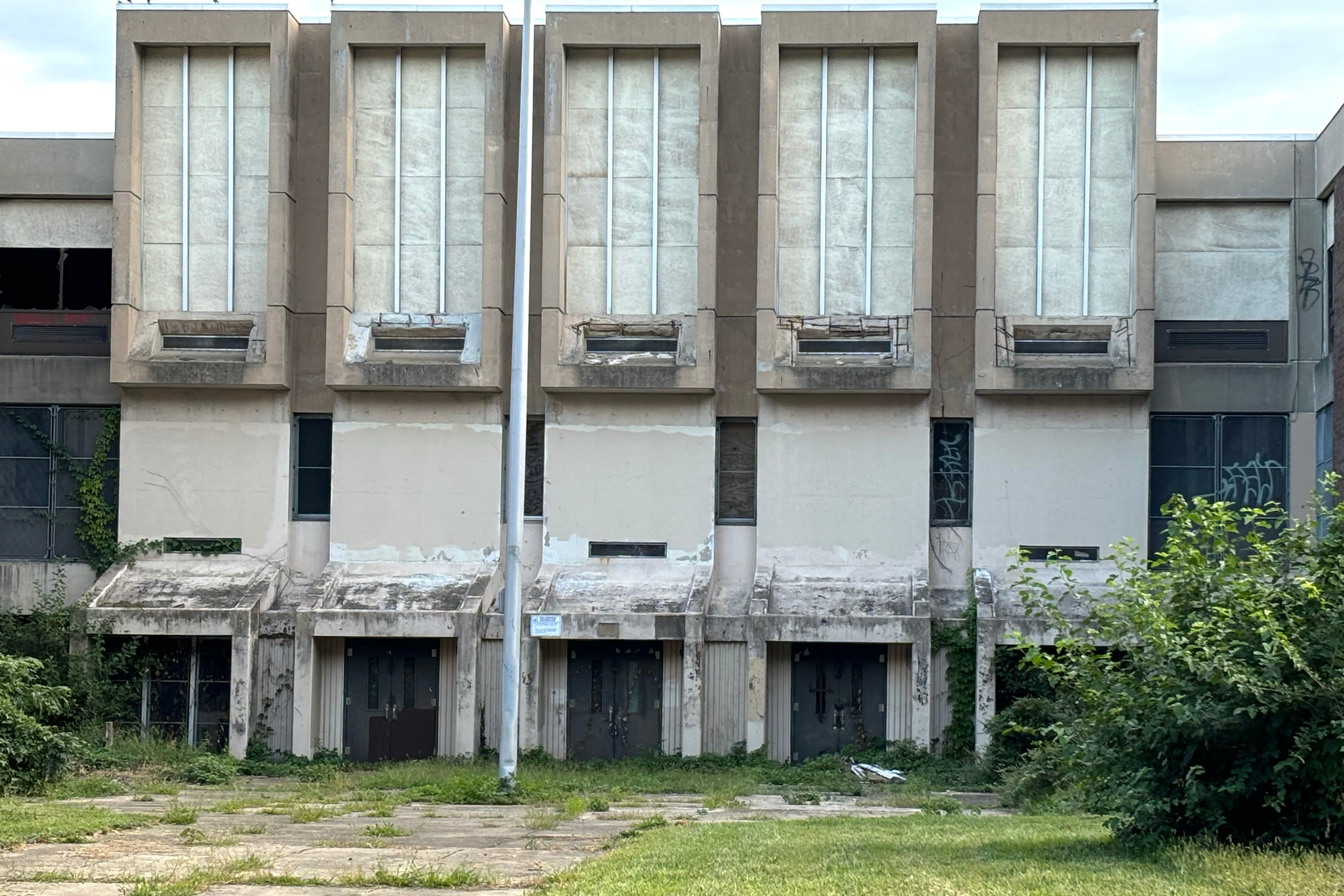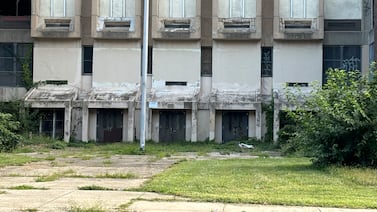Sign up for Chalkbeat Philadelphia’s free newsletter to keep up with news on the city’s public school system.
The School District of Philadelphia’s facilities planning process aims to “rightsize” school buildings across the city by renovating some, co-locating or repurposing others, and likely closing some schools.
District officials have promised they’ve learned their lesson from the previous closures in 2013 that had detrimental effects on student academics and cratered community trust in school officials. This time, they said, they want community members to better understand the district’s challenges and involve the public’s input in the decisionmaking.
The district’s decades-long neglect of its facilities coupled with years of unconstitutional underfunding at the state level has had significant costs. The current price tag to make all needed repairs and upgrades to Philly school has ballooned to $8 billion. Of that total, some $4.5 billion is needed for deferred maintenance. Teachers and students say they have been sickened by asbestos and lead. And a number of schools have closed after the discovery of damaged asbestos.
Last month, the Department of Justice filed criminal charges against the district for its multi-years failure to conduct timely asbestos inspections.
Still, some community members have criticized the district’s ongoing facilities engagement process as opaque, perfunctory, and overly controlled. District officials are conducting more community engagement sessions and intend to present their plan to the public this fall.
Given the increased attention on school facilities, Chalkbeat’s partners at Swarthmore College spoke with Mary Filardo, executive director of the 21st Century School Fund and a parent activist who was instrumental in Washington D.C. ‘s facilities planning process. Since the 1990s, D.C. Public Schools has invested over $6 billion to modernize 70% of its public schools. In many respects, D.C. has accomplished what Philadelphia experts say they hope to achieve.
D.C. has also grappled with many of the same challenges Philly has: stagnating student enrollment, a previous closure process that traumatized communities, and difficulty obtaining state or federal funding.
Filardo said D.C. has lessons to offer about organizing across the city, securing money to modernize and maintain buildings, and how to build a robust community engagement process.
This interview has been edited for length and clarity.
Given the financial constraints of a lot of urban urban school districts, what do you think would make the biggest impact in remediating toxins in school buildings?
Philadelphia is one of the great cities of the United States. It can manage big problems, but it can’t accidentally fix toxic schools. You actually have to purposefully fix toxic schools. You can’t accidentally make things equitable and high quality. You have to purposely do it.
And so that means you have to put on the table what actually is the problem, not what you politically wish the problem was.
Reflecting on your experience with the D.C. Public Schools, what do you think are the top ingredients for a robust community engagement process?
You have to do whatever processes are going to be required for your particular neighborhood or community to build trust. You have to have to be open, you have to share data, you have to share information, you have to share it in a timely way. And you have to be willing to not know. The system itself has to say, “I don’t have the answers. I want your input in the answers.”
You also have to share your technical people. You can’t hoard the technical people. They have to be used by the community and the administration.
You have to have a dialogue, you have to actually talk to each other and wrestle together. It isn’t just like, I’m going to get input from you, and then I’m going to put it together. The community actually has to be in dialogue with you and with the support of technical folks.
If you were in a room with the Philadelphia school district how would you advise them?
I remember in Washington, D.C., we had a lead in the water tested, and it tested really high, so they just turned off all the water and they didn’t want anybody to know. I said to the head of facilities, “The public should know that we’ve got lead pipes, lead service, lead everything, and this is a problem. Why are you trying to hide this? You should be using this to make the case.” They didn’t know how to make it public, because of course, one of the main things schools are responsible for is healthy, safe environments for kids.
And you’ve got to engage your people, whether they’re custodians or building engineers or principals or teachers, or whatever, and kind of put it out there. How can we get this done? What can we do to help? It’s very tricky. But it doesn’t go away when you ignore it.
And so that to me, that’s the first thing. You’ve got to sit down, you’ve got to do plans, and you’ve got to try to prioritize, and you have to get the dollars.
One of the ongoing challenges of urban school districts is underfunding. How did the D.C. public schools get the money it needed to fix school buildings?
You don’t get money unless you have a vision and a plan. You have to do the planning work. It’s not like the building industry or the real estate sector doesn’t understand what it costs to do the work that you’re describing that needs to be done.
So that’s partly where we got our real estate and our building industry saying, “Yes, this is what needs to be done. Yes, you should be doing it.” And realizing, of course, that they were going to benefit from it.
What do you think are the biggest lessons that Philly can learn from D.C., both as a cautionary tale, but also maybe some things that we can imitate?
I think that a parallel push that we spent some time on, but not nearly enough on is this planning on the day-to-day operations and maintenance. That, too, really requires that the stakeholders engaged, communities looking at it, technical people, trying to figure out, okay, how do we manage this? It’s a little bit like being in an emergency room.
We actually put a lot in our City Council legislation. I think you’re not going to get it unless there’s some requirements for planning, requirements for hearings, requirements for some kind of engagement. Now it doesn’t mean that it gets done well, but it’s a tool.
Can you provide a big-picture timeline of the efforts to improve DCPS buildings?
[School district] enrollment had been declining and there had been a huge amount of white flight from desegregation. In the early ’90s, they said, “We have to close schools because we can’t afford to fix them.” So they set out to close 10 schools. They put 40 schools on the list and told the community that you had to pick the 10. Well, [there was] a huge outcry.
We essentially looked at the vision from an educational perspective, from an environmental perspective, from a financial perspective, and we worked with the task force. We had utilization data.
The District [Congressional] Committee was a very prominent, powerful thing at that time. They put in the budget bill that there had to be an update of this plan. It became an accepted part of what was going to be happening in the city. From a financial perspective and a management perspective, it was messy, people were still trying to figure out, well, how do we get the work done? And where exactly is the money coming from?
[Eventually the mayor at the time] got how powerful it is from a political perspective to do infrastructure work. People care about the schools in their neighborhoods. So he helped push that and also helped identify a more stable funding source, which was the real estate transfer tax for commercial real estate. We didn’t have any federal money. This was all local money that was going into our renovations and modernizations and all of the repair emergencies.





